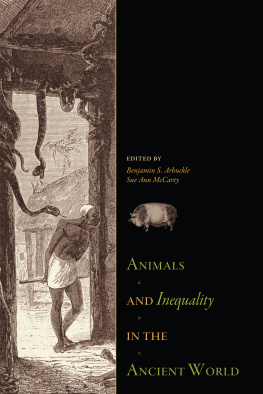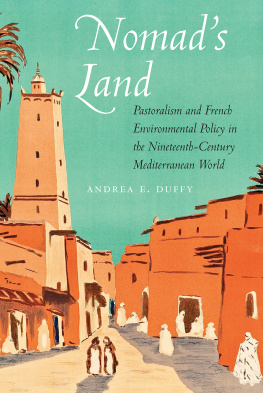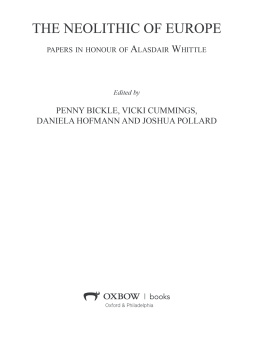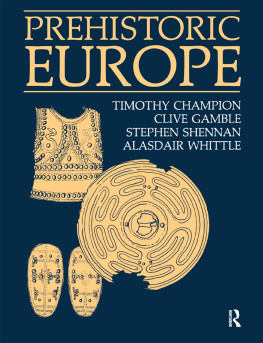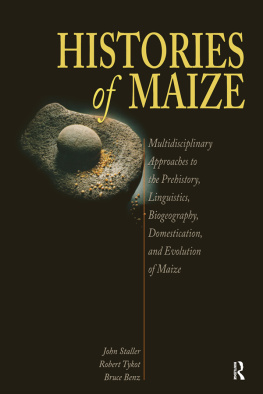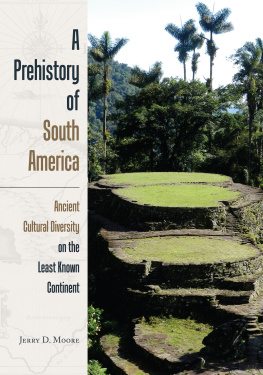Isotopic Investigations of Pastoralism in Prehistory
Pastoralists were a vital economic and social force in ancient societies around the globe, transforming landscapes poorly suited for agriculture into spaces of vast productive potential while simultaneously connecting mobile and sedentary communities alike across considerable distances.
Drawing from the rich archaeological records of Asia, Africa, and Europe, Isotopic Investigations of Pastoralism in Prehistory brings together the latest studies employing heavy and light stable isotopic analyses of humans and animals to investigate pastoralist diets, movement, and animal management strategies. The contributions presented in this volume highlight new methodological developments while simultaneously drawing attention to the diverse environmental factors that contribute to isotopic variation in human, plant, and animal tissues. Particular attention is paid to how pastoralist decisions regarding animal pasturing and mobility can be teased out of complex isotopic datasets, and also to the challenges in extracting information on the scales of human mobility in pastoralist landscapes.
This volume will appeal to scholars in archaeology, anthropology, and ecology, as well as those with interests in animal management.
Alicia R. Ventresca Miller is a bioarchaeologist and stable isotope analyst at the Christian-Albrechts University, Kiel. Her research highlights the dynamic relationship between human societies and environments, emphasizing food production and consumption, while tracking human movement across the steppe. Further, her work provides evidence for variation in the economic trajectories of ancient pastoral groups.
Cheryl A. Makarewicz is a Professor of Stable Isotope Biogeochemistry and Zooarchaeology at the Christian-Albrechts University, Kiel. Her research examines animal domestication processes in the Near East, the spread of pastoralism across Eurasia, and the role of the human-animal relationship in structuring sociopolitical interactions in pastoralist societies.
Themes in Contemporary Archaeology
Series Editors:
Professor Kristian Kristiansen, University of Gothenburg, Sweden
Professor Eszter Bnffy, German Archaeological Institute, Frankfurt, Germany
Professor Peter Attema, University of Groningen, Netherlands
Series Editorial Assistant:
Claes Uhnr, German Archaeological Institute, Germany
Themes in Contemporary Archaeology provides cutting edge summaries of areas of debate in current archaeological enquiry, with a particular emphasis on European archaeology. The series has a broad coverage, encompassing all periods and archaeological disciplines from theoretical debate to statistical analysis and three-dimensional imaging. The multi-author volumes are based on selected sessions from the well-regarded annual conference of the European Association of Archaeologists.
Published Volumes:
Volume 1: Assembling atalhyk
Volume 2: Trypillia Mega-Sites and European Prehistory, 41003400 BCE
Volume 3: Going West?
The Dissemination of Neolithic Innovations between the Bosporus and the Carpathians
The European Association of Archaeologists (EAA) is the association for all professional archaeologists of Europe and beyond. The EAA has around 2,200 members from sixty countries worldwide working in prehistory, classical, medieval, and later archaeology.
The EAA aims
- to promote the development of archaeological research and the exchange of archaeological information
- to promote the management and interpretation of the European archaeological heritage
- to promote proper ethical and scientific standards for archaeological work
- to promote the interests of professional archaeologists in Europe
- to promote cooperation with other organizations with similar aims.
www.routledge.com/Themes-in-Contemporary-Archaeology/book-series/TCA
First published 2018
by Routledge
2 Park Square, Milton Park, Abingdon, Oxon OX14 4RN
and by Routledge
711 Third Avenue, New York, NY 10017
Routledge is an imprint of the Taylor & Francis Group, an informa business
European Association of Archaeologists 2018
The right of Alicia R. Ventresca Miller and Cheryl A. Makarewicz to be identified as the authors of the editorial material, and of the authors for their individual chapters, has been asserted in accordance with sections 77 and 78 of the Copyright, Designs and Patents Act 1988.
All rights reserved. No part of this book may be reprinted or reproduced or utilised in any form or by any electronic, mechanical, or other means, now known or hereafter invented, including photocopying and recording, or in any information storage or retrieval system, without permission in writing from the publishers.
Trademark notice: Product or corporate names may be trademarks or registered trademarks, and are used only for identification and explanation without intent to infringe.
British Library Cataloguing-in-Publication Data
A catalogue record for this book is available from the British Library
Library of Congress Cataloging-in-Publication Data
A catalog record for this book has been requested
ISBN: 978-1-138-30858-9 (hbk)
ISBN: 978-1-315-14302-6 (ebk)
Typeset in ACaslon Pro
by Apex CoVantage, LLC
Contents
Alicia R. Ventresca Miller and Cheryl A. Makarewicz
Oliver Boles
Christine Winter-Schuh
Alicia R. Ventresca Miller
Taylor Hermes, Sarah Pederzani, and Cheryl A. Makarewicz
David C. Meiggs, Benjamin S. Arbuckle, and Aliye ztan
Hannah Chazin
Cheryl A. Makarewicz, Benjamin S. Arbuckle, and Aliye ztan
Corina Knipper, Sabine Reinhold, Julia Gresky, Andrej Belinskiy, and Kurt W. Alt
Cheryl A. Makarewicz
Chapter 1
Isotopic approaches to pastoralism in prehistory
A LICIA R. V ENTRESCA M ILLER AND C HERYL A. M AKAREWICZ
I NTRODUCTION
Pastoralism involves the exploitation of domesticated livestock and has been a vital component of human subsistence and surplus economies for thousands of years. By supplying their human caretakers with ready and renewable sources of milk, meat, fat, fiber, skins, and dung, livestock serve as an important source of subsistence and wealth in pastoralist communities. Despite the pivotal role of livestock and animal products in defining pastoralist production, surprisingly little is known about the relationship between pastoralist dietary intake, mobility, the husbandry management strategies used by pastoralists to extract resources from their animals, and how these elements structure ancient sedentary and mobile communities engaged in livestock herding. Identifying and explaining the rich diversity in pastoralist subsistence strategies and mobility are key to understanding broader processes associated with the emergence and evolution of pastoralist social organization, ideological systems, and political formations (Makarewicz 2011; Honeychurch and Makarewicz 2016).


